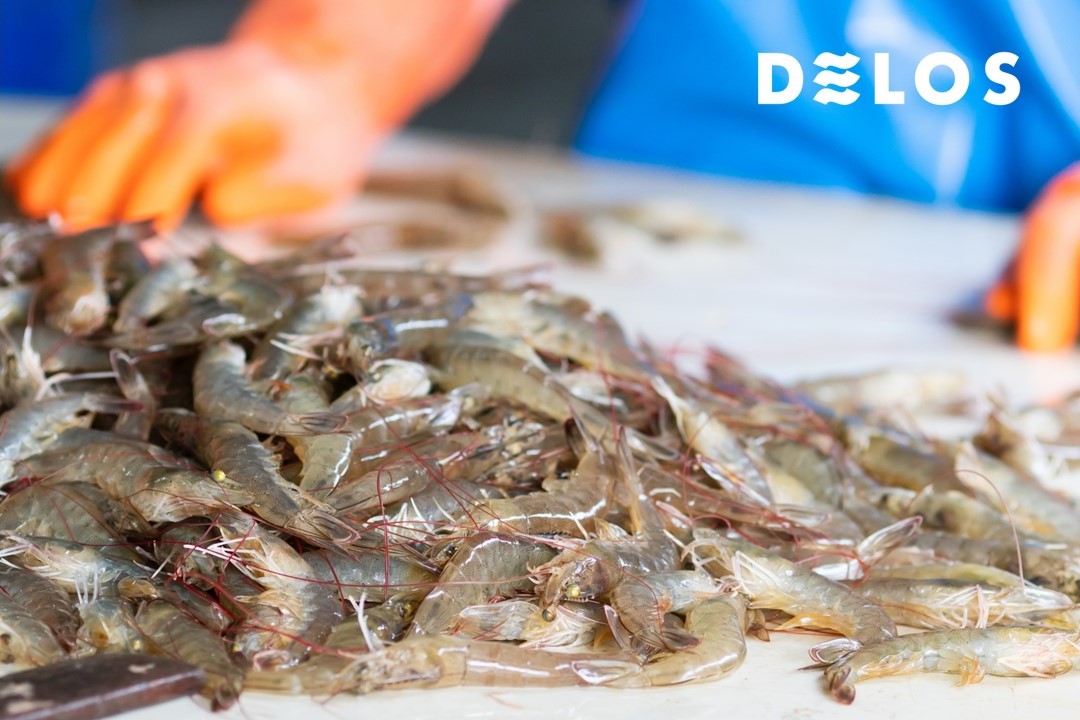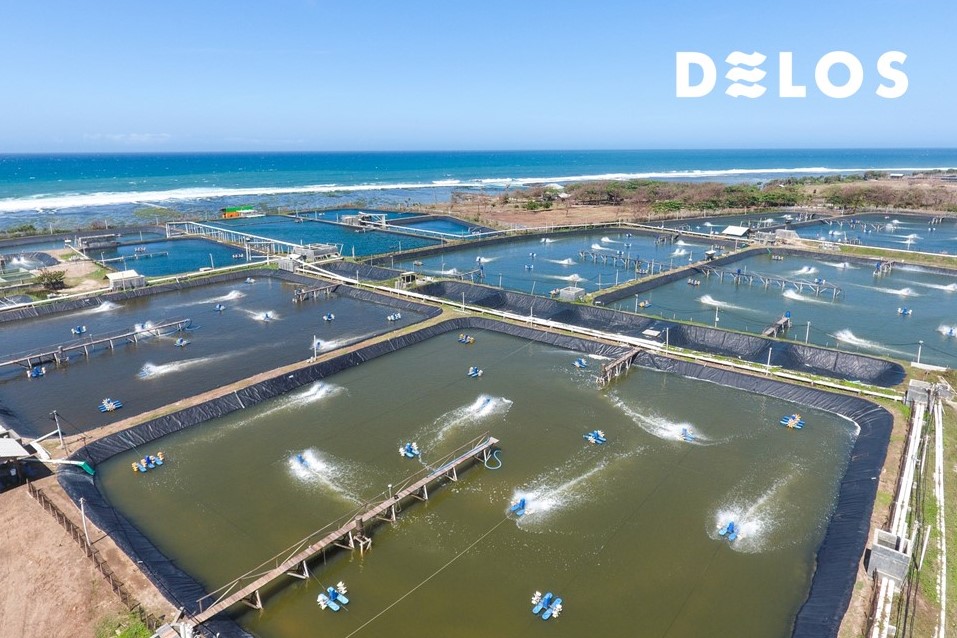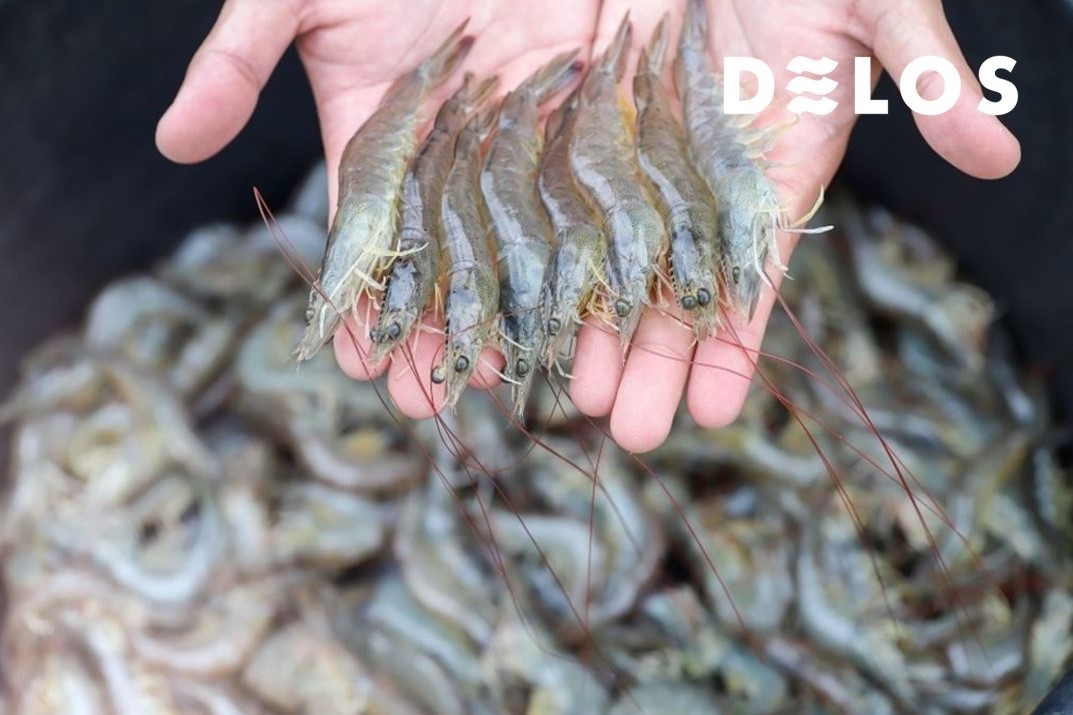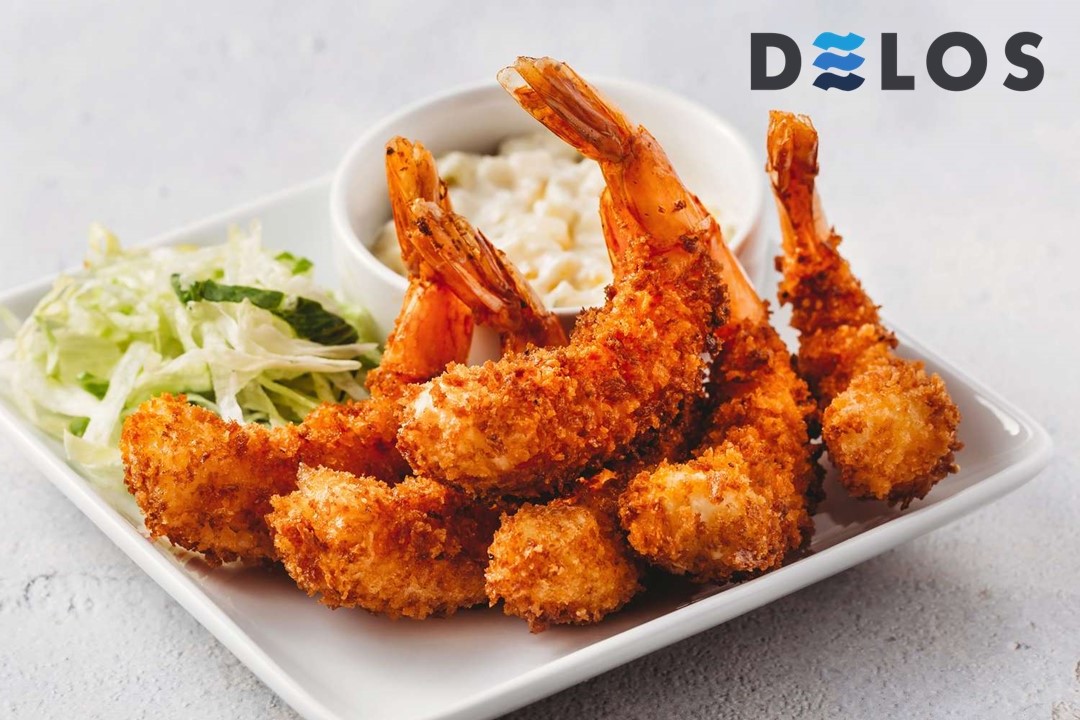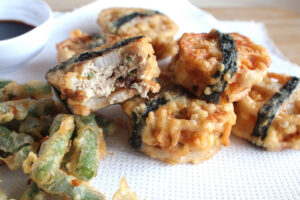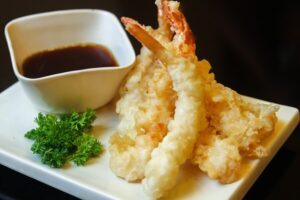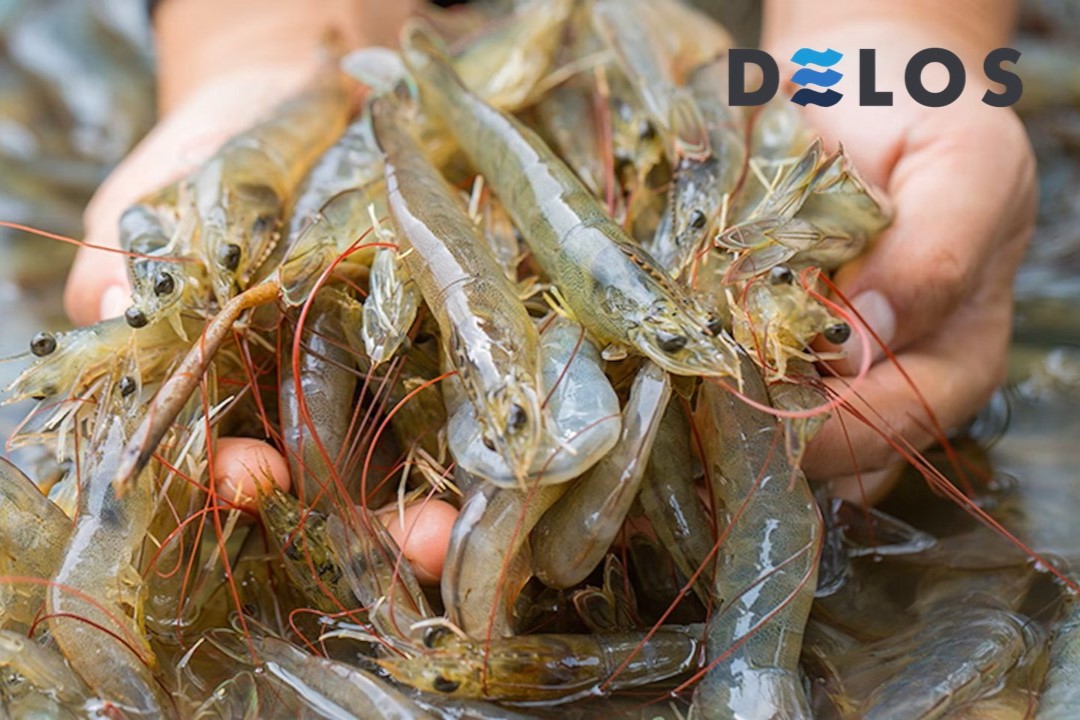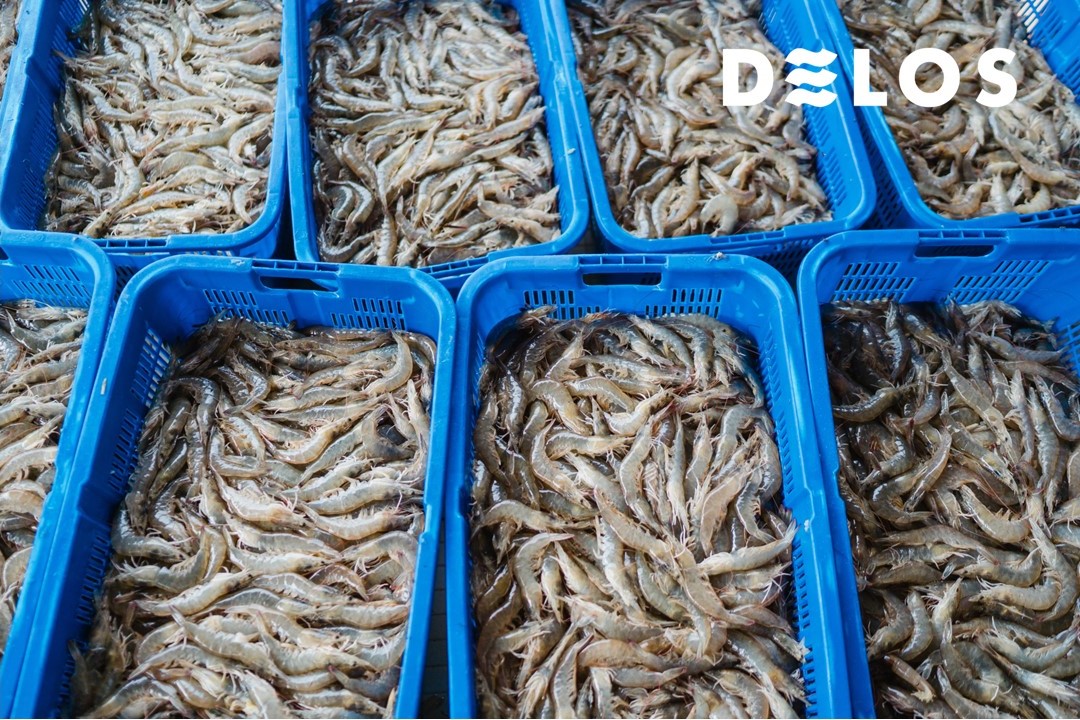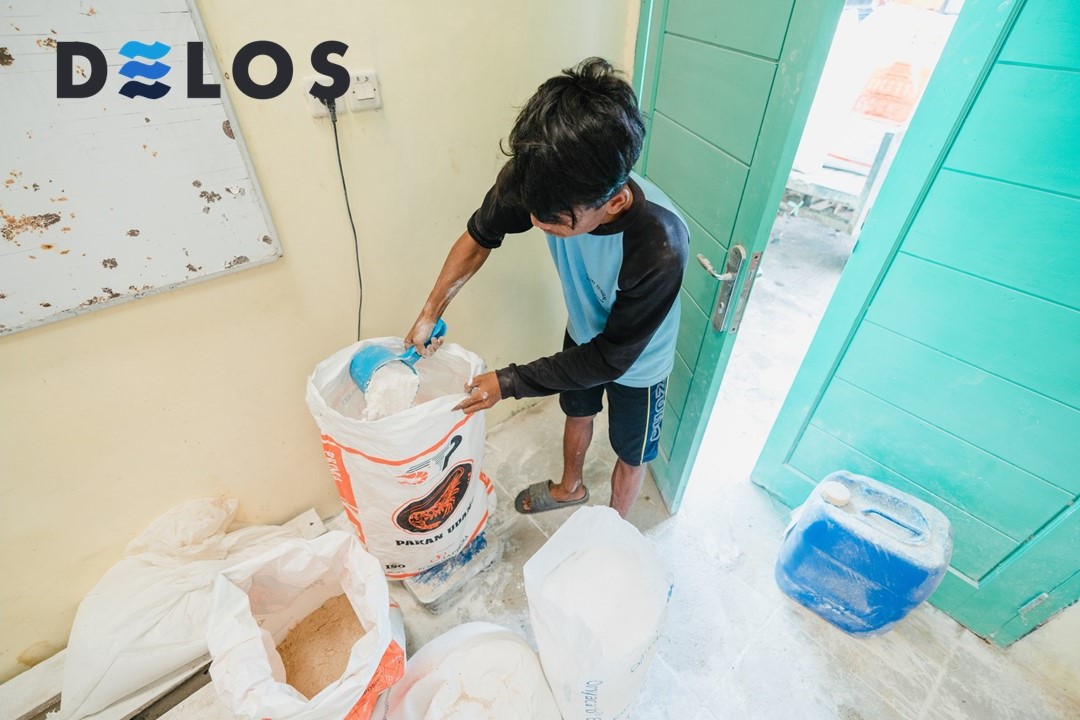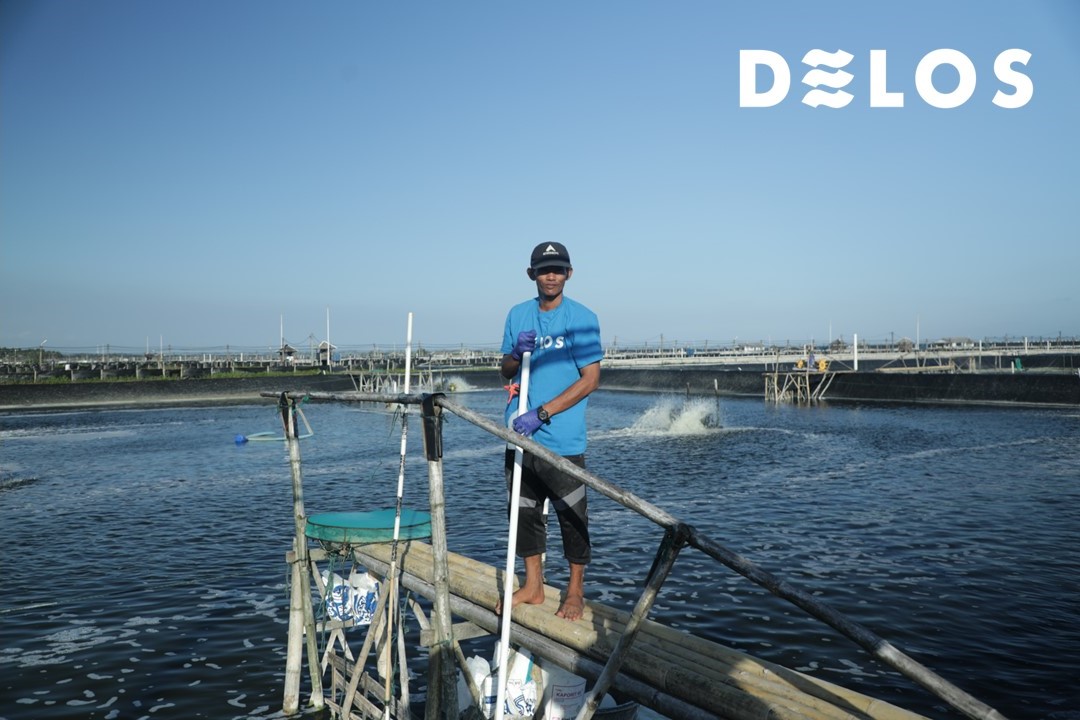Quality Control of Export Shrimp with the Concept of HACCP
The HACCP (Hazard Analysis Critical Control Point) concept is a systematic, science-based method of risk management that identifies, evaluates, and controls food safety risks. Indonesia has implemented quality control of the export shrimp development system with the Integrated Quality Management Program, which essentially applies the HACCP concept adapted to processing conditions in Indonesia.
As one of the largest fishery commodities, Indonesian shrimp has a high demand in the international market. Shrimp exports are a significant source of income for the country. However, to maintain and increase market share, producers and industry players need to maintain its quality. One effective approach to quality control is through the implementation of Hazard Analysis and Critical Control Points (HACCP) concepts.
So, how does Indonesia control the quality of vannamei shrimp exports with the HACCP concept? Read more in the following article.
Also Read: Implementation of Traceability in Vannamei Shrimp Export Products
What is HACCP?
HACCP is a quality management system based on hazard identification, risk assessment, and control of critical points in the production process. This concept was first developed by NASA in the 1950s to ensure food safety for astronauts. Since then, HACCP has become an international standard in the food industry, including the fisheries industry.
By meeting the requirements for handling and processing based on the HACCP concept, it is hoped that the results of Indonesian shrimp processing can meet the quality standards set both nationally and internationally.
In the export of vannamei shrimp, the continuity of product quality is crucial to increase the confidence of importing countries in the quality of Indonesian shrimp products. Therefore, shrimp producers must strive to meet the desires of importing countries to maintain trust and continuity of exports, which ultimately can provide foreign exchange for the country.
HACCP Steps in the Context of Export Shrimp
1. Hazard Identification
The first step in implementing HACCP is to identify all potential hazards associated with each stage of production for the quality control of exported shrimp. These hazards can come from various sources, including bacterial, chemical, or physical contamination.
Each identified potential hazard must be assessed for its significance, followed by a discussion of what actions should be taken to control each potential hazard. There are three main steps involved: identifying all potential hazards, hazard analysis, and identifying control actions for significant hazards.
2. Identifying Critical Control Points (CCP) for Shrimp Export Food Safety
After hazards are identified, the next step is to establish critical control points in the production process. CCPs are the stages where controls must be applied to prevent, eliminate, or reduce hazards to an acceptable level. There is no specific methodology for determining CCPs. It all depends on the shrimp production business and the HACCP Team to apply whichever methodology is chosen.
3. Setting Critical Limits for Each CCP
Each CCP has critical limits that must be met to ensure the safety and quality of exported shrimp. For example, the storage temperature of shrimp must be below a certain critical limit to prevent the growth of harmful bacteria. These critical limits must be measurable and have the capability to be monitored and measured in real-time.
4. Establishing Monitoring Systems
Monitoring is a planned and scheduled action or observation at a critical control point to establish critical limits. An effective monitoring system is required to ensure that CCPs operate as intended. This involves regular supervision and measurement of critical parameters such as temperature, cleanliness, and acidity conducted in real time.
5. Setting Corrective Actions
Developing an HACCP plan for controlling the quality of exported shrimp requires time and resources. However, there will be times when critical limits lose control. When this happens, it is crucial to control the process as quickly as possible and implement predetermined corrective actions.
Corrective actions may include temporarily stopping production, conducting additional sanitation, or adjusting operational parameters.
6. Verification
To increase confidence in the quality control of the export shrimp, several verification activities must be routinely performed to demonstrate that the established plan has been implemented and is working effectively.
Verification processes are carried out to ensure that the HACCP system functions as intended. This involves internal audits, laboratory testing, and continuous monitoring.
7. Documentation
All steps in implementing HACCP must be thoroughly documented. All HACCP procedures for controlling the quality of Indonesian shrimp exports must be documented. This is to ensure that producers can demonstrate effective control over critical safety aspects. Documentation should demonstrate that hazards have been accurately identified and critical limits have been correctly set.
This documentation includes HACCP plans, monitoring records, corrective action records, and all other relevant documents. These records should provide objective evidence that all monitoring, corrective actions, and verification activities have been carried out.
Also Read: 7 Strategies to Boost Production and Export of Indonesian Vannamei Shrimp
Benefits of Implementing HACCP in the Export Shrimp Industry
Implementing the HACCP concept in the export shrimp industry provides several significant benefits, including:
1. Improving Food Safety
By identifying and controlling potential hazards, HACCP helps ensure that exported shrimp are safe for consumption.
2. Enhancing Product Quality
By paying attention to critical points in the production process, HACCP helps maintain the quality of shrimp, such as colour, texture, and taste, which are important for customer satisfaction.
3. Meeting International Standards
Many countries require the implementation of HACCP as a prerequisite for importing fish products. By implementing HACCP, shrimp producers can ensure that their products meet strict international standards.
4. Increasing Market Competitiveness
Shrimp products produced through the HACCP system tend to be more favoured in the international market due to their reputation for safety and quality.
Also Read: HACCP Certification: Procedures, Requirements, and How to Obtain It
Support the Increase of Indonesian Shrimp Exports with DELOS!
Implementing the HACCP concept is not only a necessity for shrimp export producers but also a long-term investment in the sustainability of the industry and maintaining the quality control of the export shrimp. By ensuring the safety and quality of products, the shrimp industry can continue to grow and provide significant economic benefits to producing countries.
Let’s support the increase in Indonesian shrimp exports to the global market with DELOS! DELOS, along with shrimp farmers, remains committed to improving the quality of Indonesian shrimp and ensuring sustainable shrimp farming processes.
Contact DELOS at contact@delosaqua.com or visit our website at www.delosaqua.com. Let’s support Indonesian shrimp exports together with DELOS!
